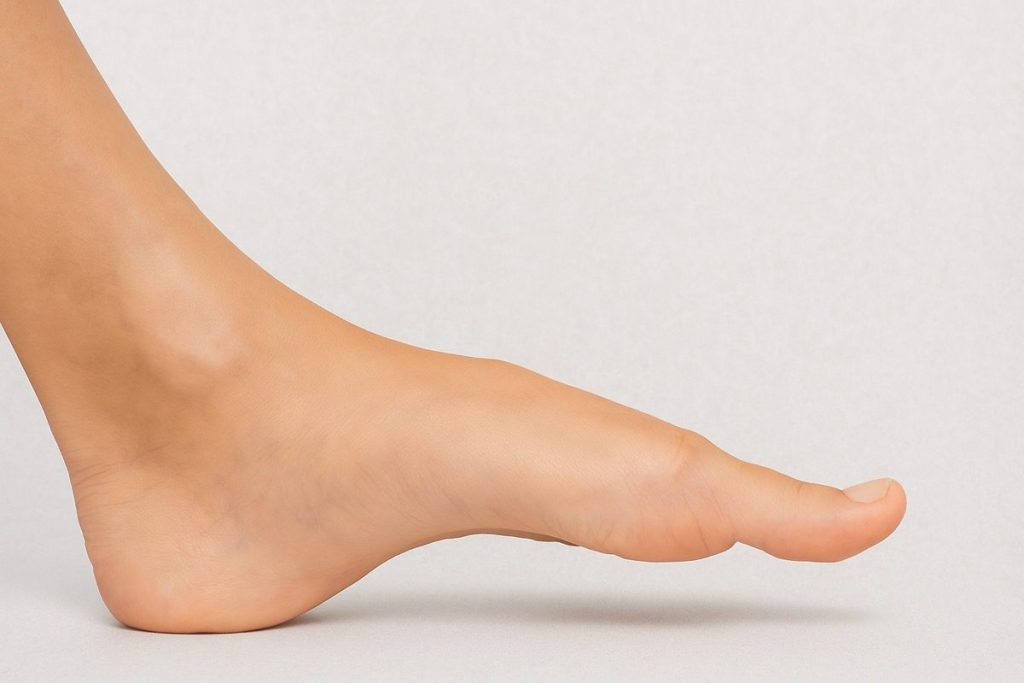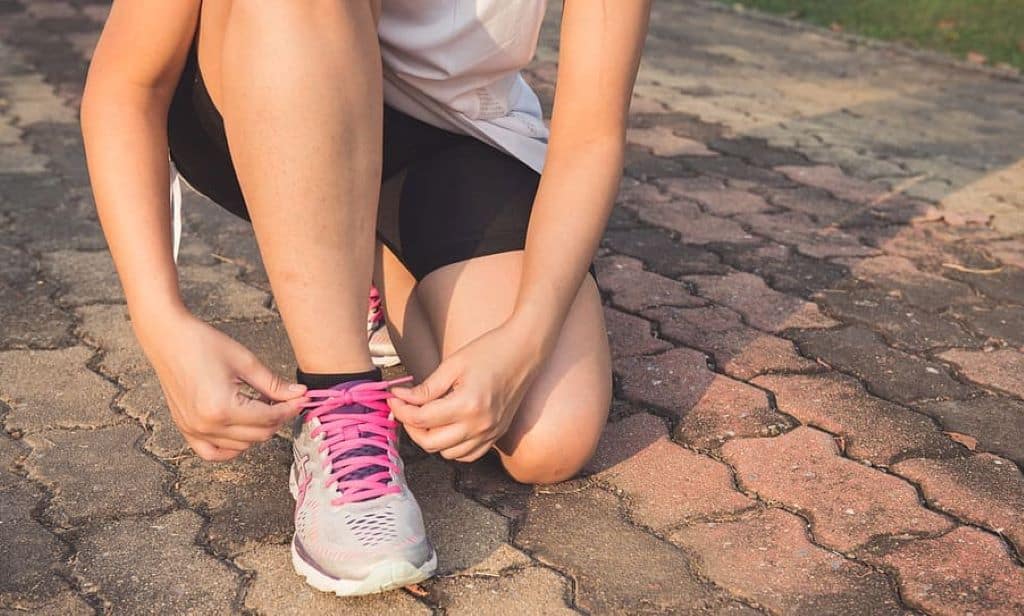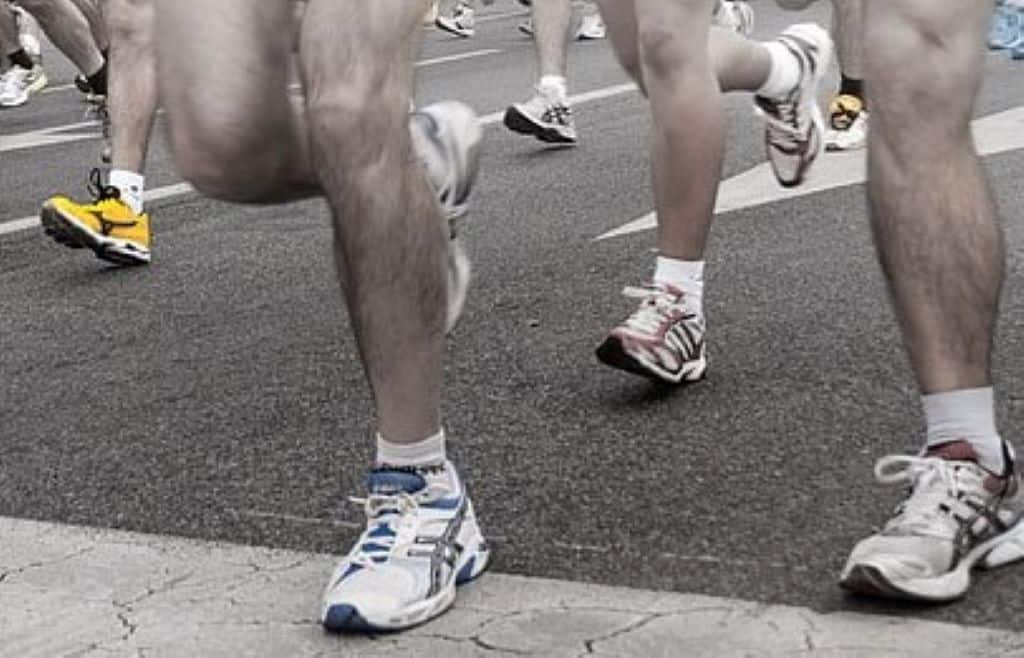Supination, also known as underpronation, is a condition where the foot rolls outward during walking or running. This imbalance can place excessive stress on the outer edge of the foot and lower leg, contributing to discomfort, injury, and reduced performance. Understanding what supination is and how to manage it is crucial for anyone affected by it, especially those who are physically active.
What Is Supination?
Supination occurs as the opposite of overpronation. Instead of the foot rolling inward to absorb shock, the weight is distributed toward the outside. This abnormal gait pattern typically originates from high arches, rigid foot structure, or muscular imbalances. Over time, supination can lead to issues such as ankle instability, shin splints, plantar fasciitis, and iliotibial band pain. People with supination often experience problems not only in their feet but also in their knees, hips, and lower back due to misaligned mechanics.
Causes of Supination
Several underlying factors may contribute to supination. Biomechanical traits such as high arches and limited ankle mobility are among the most common. Genetics can also play a role, as can prior injuries that affect the structure of the foot or ankle. Improper footwear lacking arch support or shock absorption may worsen the issue, and overuse from repetitive activities like running or long-distance walking without proper support often intensifies symptoms. In some cases, weak muscles in the feet or calves may prevent the arch from absorbing impact correctly, which leads to compensation patterns such as supination.
How to Recognize Supination
You may be dealing with supination if your shoes wear out faster on the outside edges, particularly along the heel and forefoot. Other common signs include recurring ankle sprains, pain on the outside of the foot or lower leg, tight calves, or aching in the hips and lower back after physical activity. Many people with supination also report frequent discomfort in the balls of their feet. Gait analysis by a professional, or a video assessment done at a specialty shoe store, can provide visual confirmation of this outward rolling motion.
Testing for Supination
One of the easiest ways to assess your foot mechanics is the wet foot test. Wet the sole of your foot, then step onto a piece of cardboard or paper. A visible footprint that lacks contact in the arch area typically indicates a high arch, a common feature in those who supinate. You can also evaluate the wear pattern on your most-used footwear. Supinators often see excessive wear along the outer heel and lateral forefoot. More advanced methods include gait analysis with pressure mapping or slow-motion video capture, often available at orthopedic clinics or specialty shoe retailers.
Choosing the Best Shoes for Supination
Supportive footwear is the foundation of effective supination management. Look for shoes with ample cushioning in the heel and forefoot to absorb impact, a curved or semi-curved last that matches the foot’s natural motion, and a flexible sole that encourages even weight distribution. Lightweight running or walking shoes with foam midsoles can help reduce the jarring forces experienced by supinators. Avoid shoes that are too stiff or lack adequate padding.
For detailed recommendations, visit our full guide: Best Shoes for Supination
Insoles and Orthotics for Supination
Orthotic insoles designed for high arches and underpronation can offer additional shock absorption and help encourage better alignment. These insoles typically include cushioning materials, deep heel cups for stability, and firm but flexible arch support. Off-the-shelf options are available, but individuals with persistent symptoms may benefit from custom orthotics made by a podiatrist. These provide personalized correction based on foot scans or molds, offering a tailored approach to gait adjustment.
Corrective Exercises and Mobility Work
Exercises that improve ankle mobility, strengthen intrinsic foot muscles, and stretch the calves can aid in reducing supination. Foot doming, towel scrunches, heel drops, and resistance band work are common practices recommended by physical therapists. These exercises increase proprioception and build strength in the foot’s stabilizing structures, which can gradually correct the mechanics causing supination. Daily mobility routines that focus on loosening tight calves and activating the glutes can further support alignment.
See this video:
Professional Help and Long-Term Management
If pain or instability persists, consult a medical professional. A podiatrist or physical therapist can conduct biomechanical assessments, recommend custom orthotics, and develop a rehabilitation plan tailored to your needs. Long-term management of supination often involves a mix of consistent footwear use, home exercise programs, periodic professional evaluations, and lifestyle adjustments. For athletes and frequent walkers, maintaining strong lower limb function is key to preventing recurring injuries.
Frequently Asked Questions About Supination
Supination involves the outward rolling of the foot, while overpronation refers to excessive inward rolling. Both affect gait and alignment but require different support strategies.
Yes, it can lead to overuse injuries such as shin splints, ankle sprains, and stress fractures. Using proper shoes and strengthening exercises helps mitigate risk.
While supination is often a structural issue, it can be managed and improved with proper footwear, insoles, physical therapy, and strength training.
Orthotics are helpful for many people with supination. They provide customized arch support and cushioning to correct imbalances and reduce pa
High arches often contribute to supination but aren’t the same thing. Supination describes a motion pattern, while arch height is a structural characteristic.
Yes. Misalignment in the feet can affect your entire kinetic chain, potentially leading to discomfort in the knees, hips, and lower back.
Avoid stiff, flat shoes or those lacking cushioning. Supinators need flexibility and impact absorption, especially in the heel and forefoot.
Check your shoe wear pattern or try the wet footprint test. If you’re still unsure, many running stores offer free gait analysis. See this test.
Yes. It can appear in children with high arches or inherited gait patterns. Proper supportive footwear is especially important during development.
Not necessarily. With the right shoes, insoles, and strength program, many people continue running safely. If you’re in pain, take a break and consult a specialist.


